
Background
IN0703 | |
Abisko Scientific Research Station | |
Sub-Arctic | |
Open | |
Station | |
Sweden | |
Station | |
1911 | |
Year-Round |
Introduction
The Abisko Scientific Research Station is owned by the Swedish Polar Research Secretariat. | |
The station is located about 200 km north of the Arctic Circle and approximately 385 m a.s.l., on the south shore of the lake Torneträsk. It is situated in a 46-hectare nature reserve bordering the Abisko National Park, which covers 75 km2. The station is located in birch forest and the nearby area offers a great variety in topography, geomorphology, geology, and climate, as well as flora and fauna. The highest mountain in the area reaches 1991 m a.s.l. | |
The average annual temperature is approximately 0°C. Annual precipitation for the lake varies greatly over an east west gradient with 1000 mm in the west to 400 mm in the east. Mean annual temperature and the length of the growing season have been increasing over the last decades. The vegetation is extremely varied, ranging from the simple communities that follow retreating glaciers to more complex mountain birch forest ecosystems. About 40% of the surroundings are above the treeline. The area is sparsely populated and land use is minimal being dominated by reindeer husbandry, hunting, fishing, tourism, and research. | |
The Abisko Scientific Research Station was established in 1913. The station can host almost 100 visitors. Accommodation is available in 28 double rooms, seven 4-bed-rooms and four family apartments. In addition, there are also laboratories, offices, works | |
Research focuses on plant ecology, geomorphology, and meteorology. The main objectives of the ecological studies are the dynamics of plant populations, identification of the controlling factors at species latitudinal and altitudinal limits, understanding of ecosystem structure and function, and prediction of impacts of global environmental change. The meteorological projects deal with recent Climate Change in the region and local variations in the microclimate. The geomorphology research focuses on the mass-wasting of mountains and sediment transport. Existing databases includes bibliography of publications arising from research at the station, climate records, biological, and physical parameters modelling. | |
The nearest settlement is the village Abisko which lies about 1 km from the station. The main occupations of the approximately 180 inhabitants are within tourism, transports, and trade. In Abisko there is also both a kindergarden and a school up to the ninth grade. There are a number of tourist hotels in the area, providing a base for both summer and winter tourism. The area is also inhabited by the Sami people who use the area for reindeer husbandry. | |
The Abisko Scientific Research Station is easily accessible by train, car, bus, and airplane. There are direct trains from the Swedish capital Stockholm to Abisko. The closest railway station is situated less than 1 km away. The resarch station is located just along the main road between Kiruna (Sweden) and Narvik (Norway). Both in Kiruna (100 km away) and Narvik (75 km away) there are airports with several daily flight connections to Oslo and Stockholm. During the tourist season there are bus connections from Kiruna airport to Abisko. |
Operator
Swedish Polar Research Secretariat | |
Government | |
Swedish Polar Research Secretariat | |
magnus.augner@polar.se or ans@ans.polar.se |
Data Source
ans@ans.polar.se |
Partner Institution
No |
Location
IN0703 | |
68° 21' 0'' N | |
18° 49' 0'' E | |
European Arctic | |
385 | |
345 | |
1700 | |
1 | |
0 | |
0 | |
0 | |
Ice-free ground |
Climate
Discontinuous | |
Sub-Arctic | |
Snow and Rain | |
Hail | |
1300 | |
3.9 | |
51.5 | |
W | |
-0.6 | |
-11 | |
11 | |
June; July; August; September |
Features
Ice cap or glacier; Lake; Mountain; Permanent snowpatches; Rivers; Shoreline; Tree line; Tundra; Valley; Other | |
Shrub tundra, Gramminoid tundra, Forest tundra, Peatlands, Wetlands, Palsa mires, Deciduous forest, Evergreen forest |
Disciplines
Atmospheric chemistry and physics; Climatology; Climate change; Ecology; Environmental sciences; Geocryology; Geodesy; Geomorphology; Geophysics and seismology; GIS; Glaciology; Hydrology; Mapping; Marine biology; Paleolimnology; Sedimentology; Soil science; Terrestrial biology |
Human Activities
Yes | |
Reindeer husbandry (app. 400 years) Tourism (app. 100 years) | |
Yes | |
Yes | |
Yes | |
No |
Infrastructure
IN0703 | |
5000 | |
600 | |
Biology; Chemistry; Other | |
70 | |
500 | |
102 | |
Yes | |
Yes | |
220 | |
24 |
Staff Capacity
14 | |
70 | |
10 | |
10 | |
90 | |
0 |
Scientific Equipment
Yes (basic lab and field work equipment - contact the station for details) | |
Technical and field-work support, sampling, etc. year-round by technicians | |
Climate/weather, greehouse gases, phenology |
Medical Facilities
No | |
0 | |
0 | |
100 | |
0 | |
0 | |
0 | |
0 | |
Yes |
Vehicles
Boat (lake) | |
Cars, minibus, snowmobile |
Workshop facilities
ICTS (Staff available to assit with constructions) |
Communications
Computer; E-mail; Fax; Internet; Printer; Satellite phone; Scanner; Telephone |
Access
IN0703 | |
Air; Land |
Aircraft landing facilities
0 | |
0 | |
0 | |
Yes |
Transport and freight
Airplane; Car; Other | |
Railway and bus | |
0 | |
0 |
Access To The Facility
Yes | |
Yes | |
Magnus Augner | |
magnus.augner@polar.se |
Pictures
 View of Abisko Station (Credits: Philipp Theuring) |
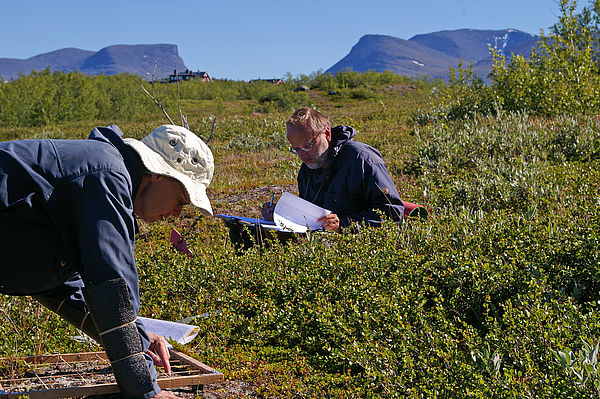 Botanical field work (Credits: Nils Åke Andersson) |
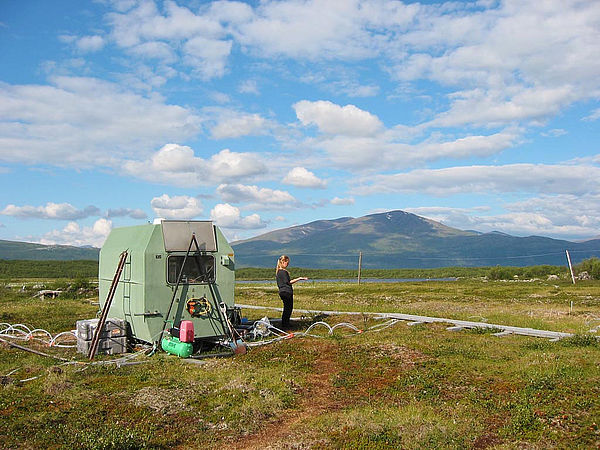 Research shelter at sub-site (Credits: Nils Åke Andersson) |
 Aerial view of station (Credits: Nils Åke Andersson) |
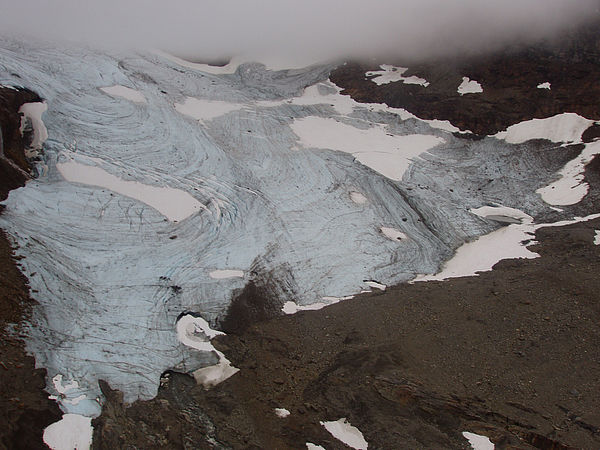 Glacier (Credits: Christer Jonasson) |
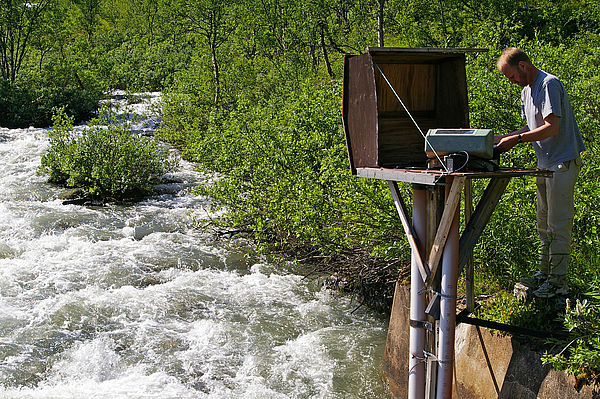 Hydrological measurements (Credits: Nils Åke Andersson) |
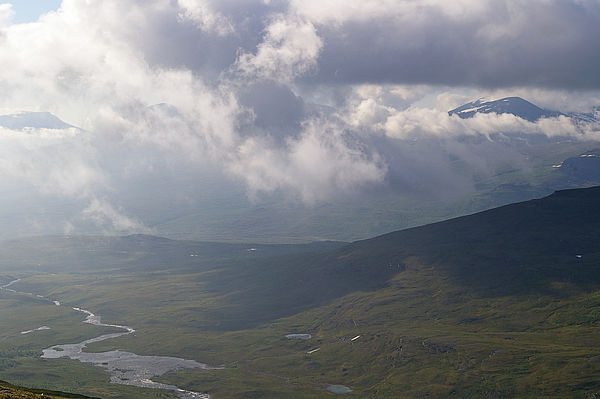 Landscape (Credits: Nils Åke Andersson) |
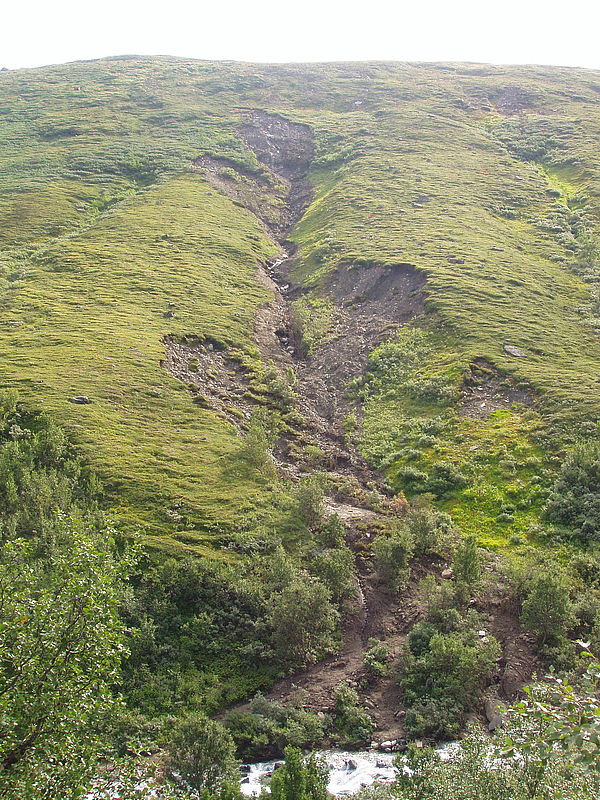 Land-slide (Credits: Christer Jonasson) |
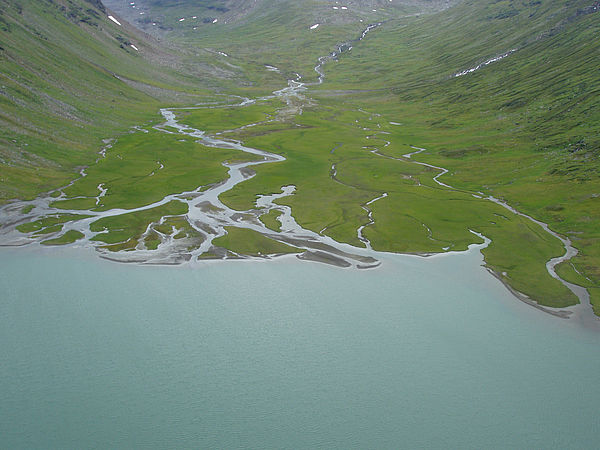 U-Valley and delta (Credits: Christer Jonasson) |
